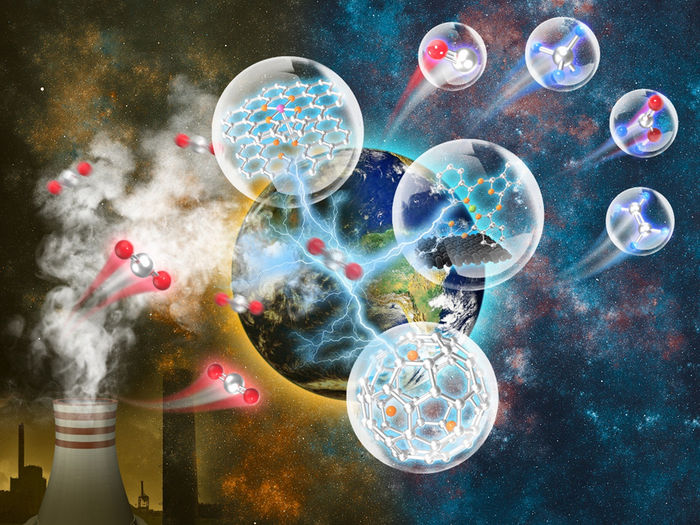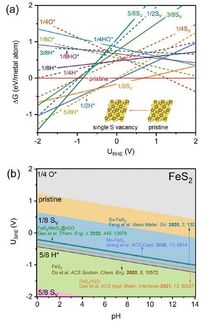Single atom-based catalysts for electrochemical CO₂ reduction
A comprehensive review of recent progresses for CO₂RR using SACs
Consumption of traditional fossil fuels (coal, natural gas, oil) has resulted in escalated CO2 concentration in air which is responsible for global climate change. Electrochemical CO2 reduction reaction (CO2RR) using renewable energy has emerged as a promising approach for converting CO2 into fuels and value-added chemicals. However, CO2RR is challenged by several problems, including stable C=O bond (806 kJ/mol) in CO2, competitive hydrogen evolution reaction, low CO2 solubility in aqueous electrolytes, and multi-products selectivity. Single atom-based catalysts (SACs) including heterogeneous single atom catalysts and molecular catalysts are promising materials for CO2 reduction, attributed to their advantages of strong single atom-support interactions, maximum metal utilization, excellent catalytic activity and tunability over the steric and electronic properties of the active sites. However, heterogeneous SACs are restricted by particles agglomeration, low metal loading, and difficulty in large-scale production, while molecular catalysts generally suffer from moderate activity, stability, and poor electrical conductivity.

This review introduces the synthetic strategies of single atom catalysts (SACs), summarizes the electrochemical CO₂ reduction reaction (CO₂ RR) applications of SACs and molecular catalysts, discusses the characterization techniques such as in situ/operando skills to reveal the in-depth catalytic mechanism and provides future development of SACs and molecular catalysts for CO₂ RR.
Chinese Journal of Catalysis
Recently, a research team led by Prof. Chuan Zhao from University of New South Wales, Australia reported a comprehensive review of recent progresses for CO2RR using SACs. The review summarized the fabrication strategies of SACs and highlighted the superior electrocatalytic properties of SACs toward CO2 reduction. Latest developments in ex-situ and in situ/operando characterizations are discussed to probe the active sites, study the CO2 reduction mechanism, and explore the catalyst structure-activity relationship. Future perspectives and challenges for CO2RR are pointed out as well.
Original publication
Other news from the department science

Get the chemical industry in your inbox
By submitting this form you agree that LUMITOS AG will send you the newsletter(s) selected above by email. Your data will not be passed on to third parties. Your data will be stored and processed in accordance with our data protection regulations. LUMITOS may contact you by email for the purpose of advertising or market and opinion surveys. You can revoke your consent at any time without giving reasons to LUMITOS AG, Ernst-Augustin-Str. 2, 12489 Berlin, Germany or by e-mail at revoke@lumitos.com with effect for the future. In addition, each email contains a link to unsubscribe from the corresponding newsletter.



























































